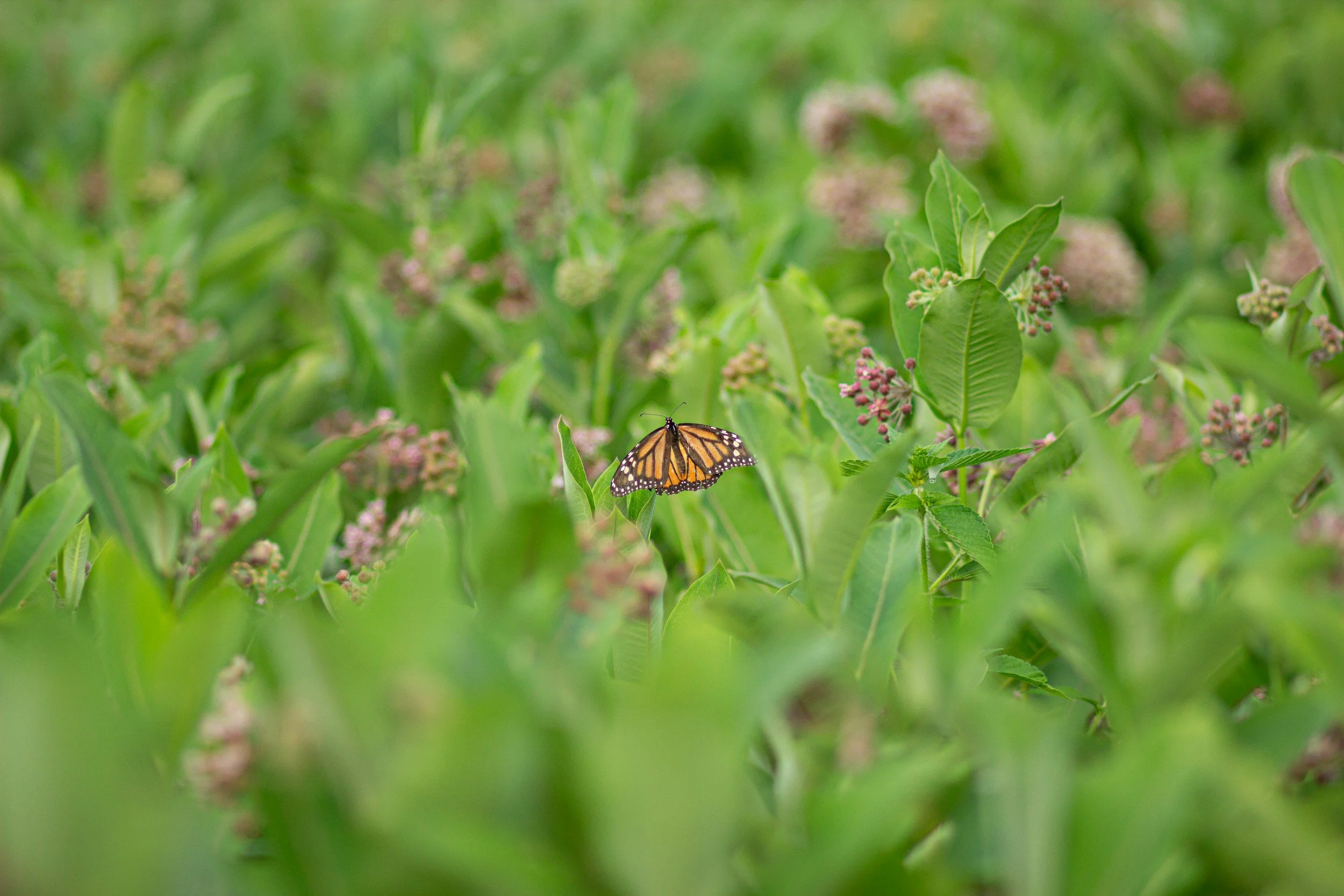
Monarch Ranch
Education. Community. Preservation.Engaging individuals and communities in Monarch recovery efforts & empowering people to grow native plants to help the Monarch’s cause.

Learn More...

Our Mission
Help Our Pollinators: To expand the local habitat of monarch butterflies and other pollinators to prevent their extinction.
Land Stewardship: To oversee a milkweed farm on local lands to preserve the natural landscape and plant life while helping Monarch Butterflies in the process.
Community Connections: To foster personal relationships with community members and local organizations to provide guidance on involvement in our conservation efforts.

“Monarch Butterflies are classified as an endangered species the International Union for Conservation of Nature (IUCN). They are one of the last species in the world that undertake a great migration; climate change has significantly shifted migration patterns. It’s up to us to protect the monarchs.”
☆ The Monarch Ranch Team ☆

What can you do to help?
Plant Native Milkweed
⊛ Monarch caterpillars only eat milkweed, so planting native milkweed species is crucial.
⊛ Use local, non-invasive milkweed varieties (e.g., Asclepias tuberosa, Asclepias incarnata).
⊛ Avoid tropical milkweed (Asclepias curassavica) unless it's cut back regularly, it can confuse migration.
Create a Monarch Friendly Garden
⊛ Grow nectar-rich flowers that bloom throughout the seasons (like coneflowers, zinnias, and goldenrod).
⊛ Choose native plants, which are better adapted for local pollinators.
⊛ Avoid pesticides, herbicides, and chemical fertilizers.
Protect & Restore Habitat
⊛ Support conservation efforts that protect wild spaces, prairies, and overwintering sites (in Mexico and California).
⊛ Get involved in local habitat restoration projects or prairie plantings.
Advocate & Educate
⊛ Encourage schools, cities, and parks to plant pollinator gardens.
⊛ Talk to friends and neighbors or share on social media to raise awareness.
⊛ Support policies that reduce pesticide use or protect pollinator habitats.
To help us achieve our goals, please consider making a donation below. Your support will help in ensuring that butterflies remain a vibrant part of our ecosystem for generations to come.
Donate

Monarch Ranch Store
Support your local pollinators by shopping at Monarch Ranch! While we have a few fun items you can buy, we are working towards expanding our inventory. For now, please enjoy our custom t-shirts and stickers!





